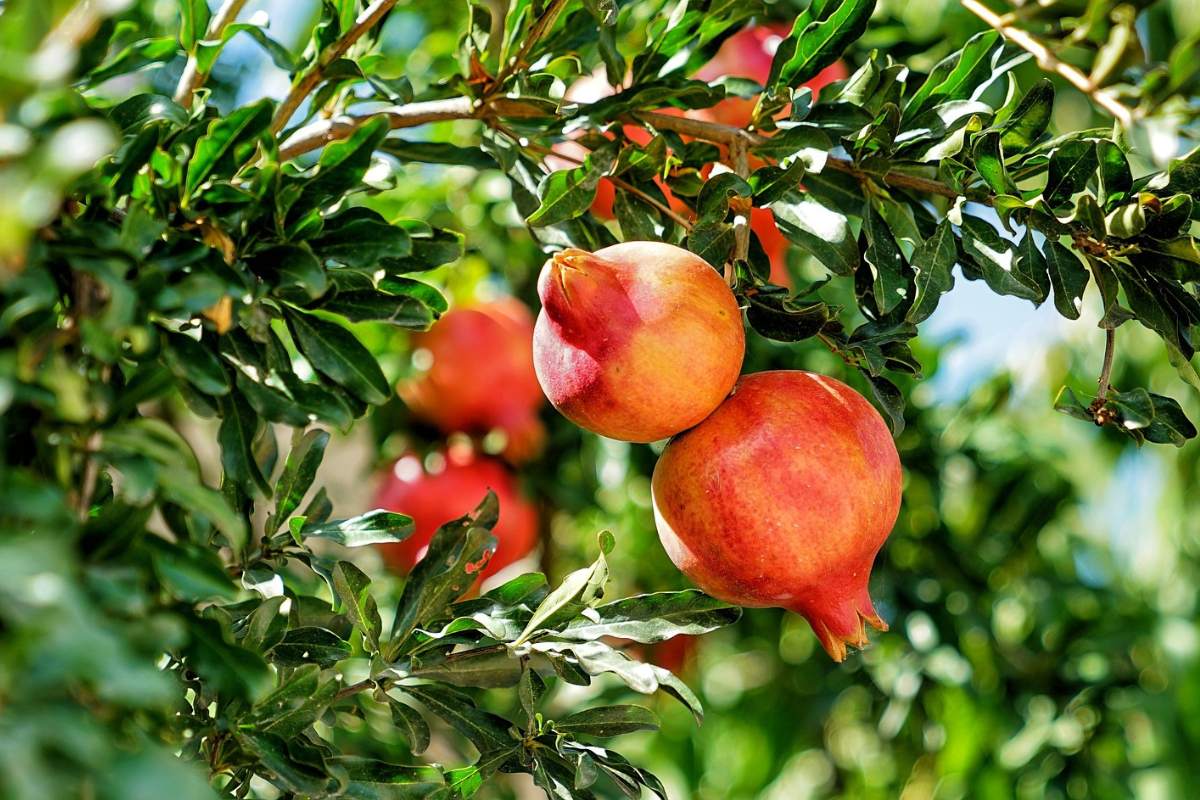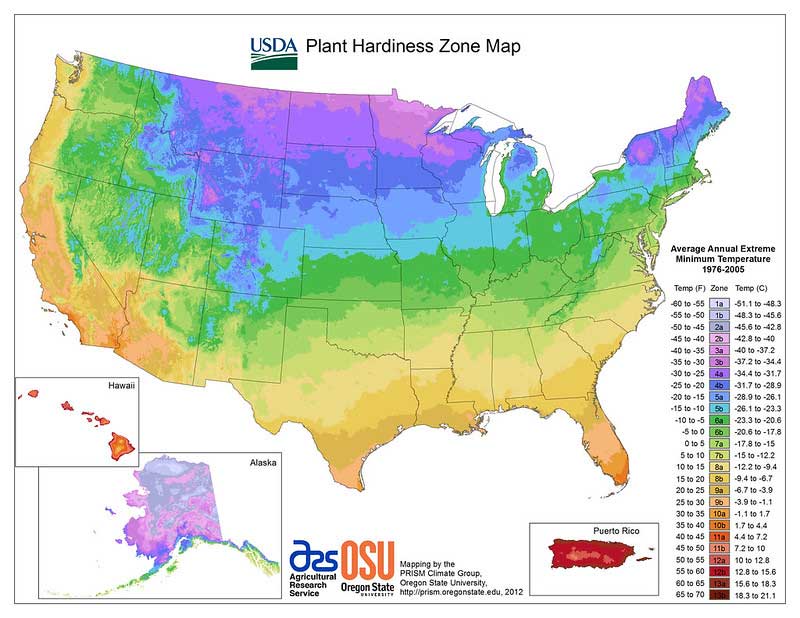In the United States, there are seven USDA planting zones which are meant to help farmers and gardeners decide what plants are best to include in their landscaping and crops. Zone 7 is an area that stretches across the United States from the east to the Pacific Northwest. This article looks at 11 types of fruit trees that grow in this zone.
Before you read about 11 of the great fruit trees suited to zone 7, take a look at the map of the USDA planting hardiness zones. They’re divided by color to help you assess exactly where you are.
11 Fruit Trees for Zone 7
Zone 7 includes southern Appalachia, the Ozarks, the Columbia Plateau, the Great Basin, and part of the Ohio River Valley. Winter temperatures here rarely dip below 10F, but they can reach as cold as 0 degrees Fahrenheit in the winter. Here are some fruit trees that grow there.
1. Peaches
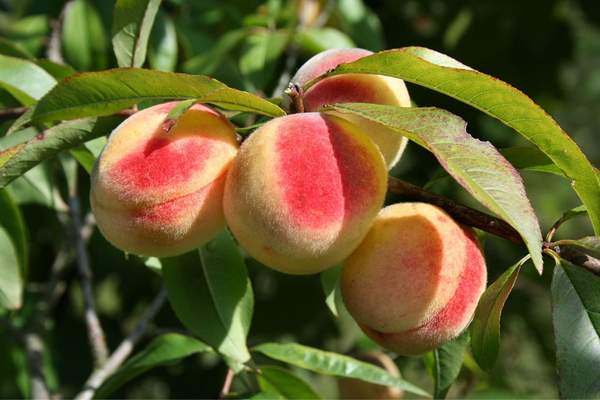
Scientific name: Prunus persica
Peaches are a staple crop of the south, but they grow well in other regions of the United States. If you want to plant a peach tree, you’re in for a bountiful harvest of fuzzy, lush fruit, but it requires some commitment to make it happen. Peach trees must be fertilized and pruned regularly.
They are susceptible to diseases, so they also need to be sprayed for pets and fungus regularly. Peach trees’ soil requirements include good drainage, loam, and abundant organic matter. They should be pruned yearly in spring and receive full sunlight.
2. Pears
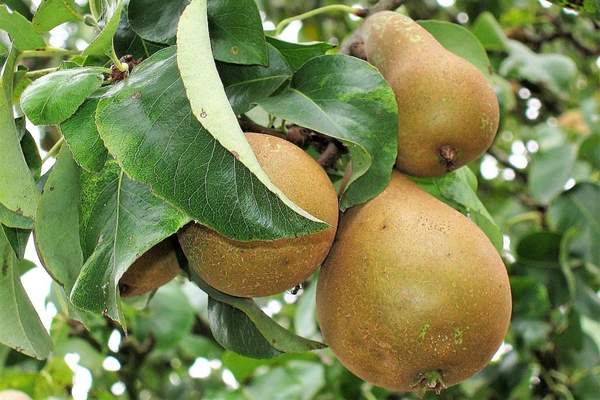
Scientific name: Pyrus communis
If you’re tired of peaches and apples, pears are a good option for your backyard orchard. There are self-pollinating and cross-pollinating varieties, as well as full-size and dwarf trees. Just make sure you select a variety adapted to the warmer temperatures in zone 7.
They have a lower chilling requirement than apples – about 400 hours, compared to 800+. Some warmth-adapted pear varieties are Abate Fetel, Bosc, and D’Anjou.
Pears ripen between July and October. Some can be stored for months, while others should be eaten less than a month after harvest.
3. Apples
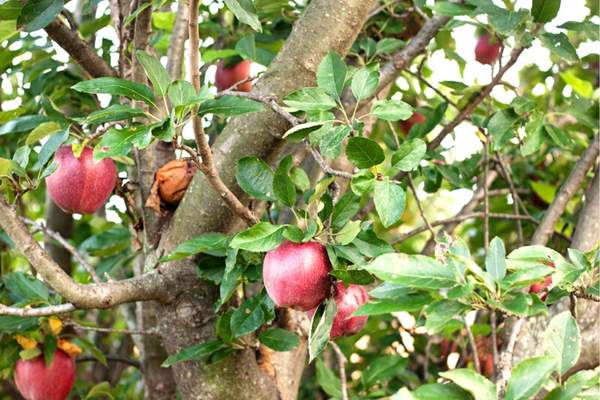
Scientific name: Morus spp.
While there are over 7,000 varieties of apples, less than a thousand can grow in the warmer regions of zone 7 climate zones. They require between 400 and 1,000 hours below 45F in order to trigger blooming in the spring and summer. It’s best to have more than one apple tree to ensure pollination.
Some varieties of apples that thrive in zone 7 include Cortland, Snow Sweet, and McIntosh. Since you’re in a warmer zone, look for apples marketed as “long-season.”
Don’t forget to prune them as they grow. Pruning will prevent your apple tree’s branches from bending and breaking due to the weight of apples.
4. Apricots
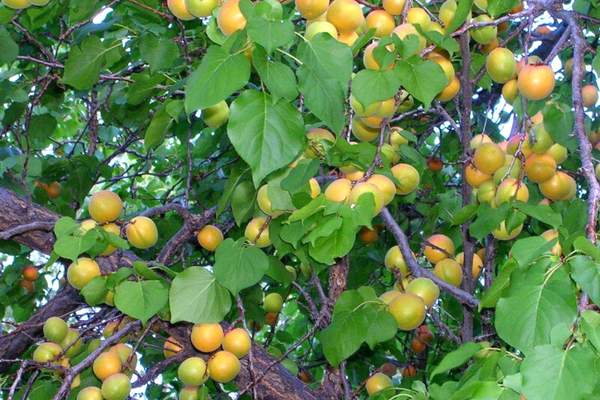
Scientific name: Prunus armeniaca
Mix it up by planting an apricot tree in your backyard. They grow best between zones 5 and 8. Unlike other fruit trees, make sure you don’t over prune your apricot.
They prefer to be left alone and will pollinate themselves. They can be frost-sensitive, so watch out for any late-spring cold snaps.
Some good varieties include Tomcot and Autumn Royal. They ripen in midsummer into fall. Test if they’re ripe by tasting them.
5. Nectarines
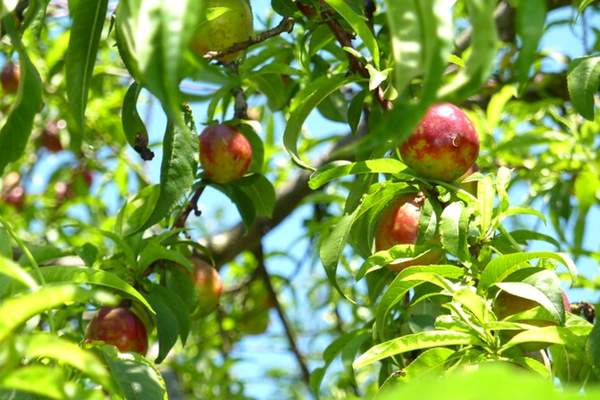
Scientific name: Prunus persica var nucipersica
Nectarines are relatives of peaches and plums. They are drupes with a fleshy fruit surrounding a hard stone pit. Your nectarine tree will grow to be about 20 feet tall.
It prefers loam or gravelly soil with good water drainage. Nectarines grow in USDA zones 5 through 9, so they’re bound to thrive in zone 7 as long as there isn’t too much rainfall.
They pollinate themselves as well so they’re more low maintenance than other fruit trees. They take between 3 and 5 years to bear fruit.
6. Pomegranates
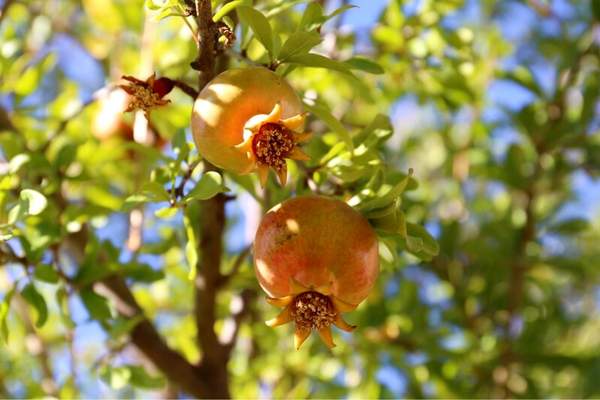
Scientific name: Punica granatum
Pomegranates are known in Greek mythology as the ‘fruit of the gods,’ and for good reason. These vibrant red-orange fruits have delicious edible seeds that explode with flavor in every bite. Trees range from 8 to 30 feet tall, depending on the variety and your climate.
They prefer full sun, well-drained soils, and hot temperatures. Good varieties of pomegranate for zone 7 are Wonderful and Parfianka. If you prefer a pomegranate without hard seeds, you can try the Sin Pepe variety.
7. Persimmons
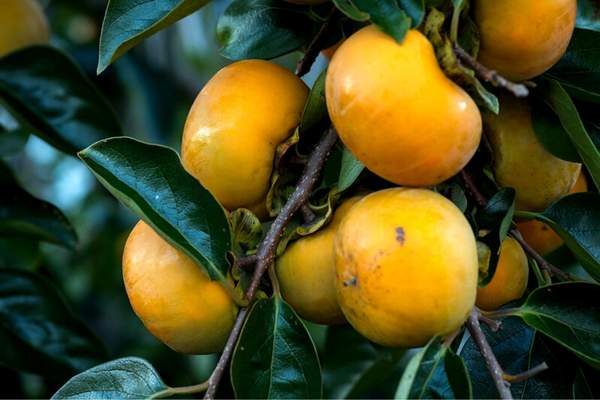
Scientific name: Diospyros virginiana
Persimmons are rarely in grocery stores because they are too delicate to transport when ripe. These trees are hardy and well-adapted to zones 7-11. Depending on rootstock, they grow up to 30 feet tall, but they can be trained to be short (just 10 feet) by vigorous pruning.
Otherwise, they don’t need to be pruned. American varieties require a male and female to pollinate, while Japanese varieties are self-pollinating.
They bloom late in the spring and produce fruit as late as October. Just remember not to eat them before they ripen. You’re in for a sour surprise!
8. Cherries
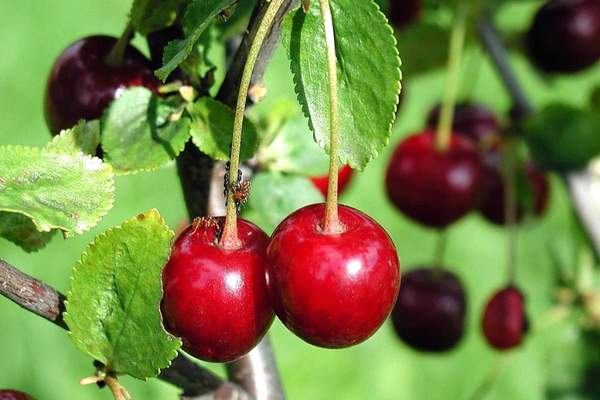
Scientific name: Prunus avium
There are two types of cherries: sweet cherries and sour cherries. You’ll be able to grow either type in a zone 7 climate, but it’s crucial to have well-draining soils. Cherries will contract diseases or die if their roots remain wet for too long.
They take between 2 and 5 years before they first bear fruit. Once they do, they are regular bearers and don’t need to be thinned.
Trees can grow to be about 16 feet tall, but it’s recommended to trim them down to 8 feet in the summer. Zone 7 varieties include the sour Montmorency cherry and the sweet Black Tartarian cherry.
9. Plums
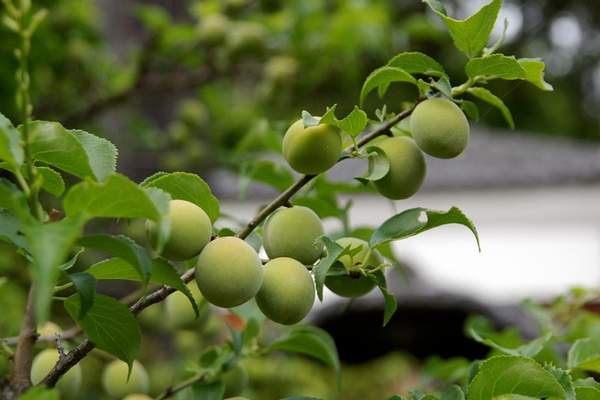
Scientific name: Prunus salicina
Grow plums in zone 7 with some TLC and preparation. Plums require full sun and well-drained soil that’s slightly neutral or acidic. Both Asian and European types grow in zone 7.
Just remember to plant more than one if you grow hybrids or Asian plums. Like with other drupes, it’s crucial to prune the trees open or with a central leader.
This allows for regular air flow between all the branches, improving fruit quality and lowering disease risk. We recommend the Stanley, Satsuma, and Underwood varieties.
10. Figs
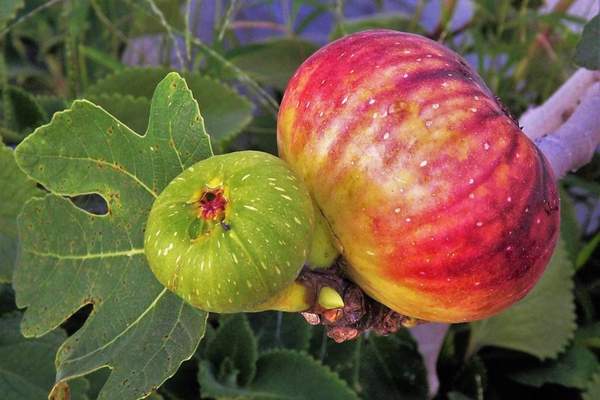
Scientific name: Ficus carica
Figs are native to the Mediterranean, but they can be grown in the United States between USDA growing zones 6-8. These trees are hardy, adapted to bad soil, and prefer full sun and hot temperatures. Varieties that thrive in zone 7 include Turkey and Celeste.
Because of the warmer winter weather in zone 7, figs are more apt to survive. They take a handful of years before they bear fruit for the first time, but after that, you’ll have reliable crops of fruit each year. If there is a major dip below 0F in your planting zone, consider covering the fig tree to prevent it from freezing.
11. Quince
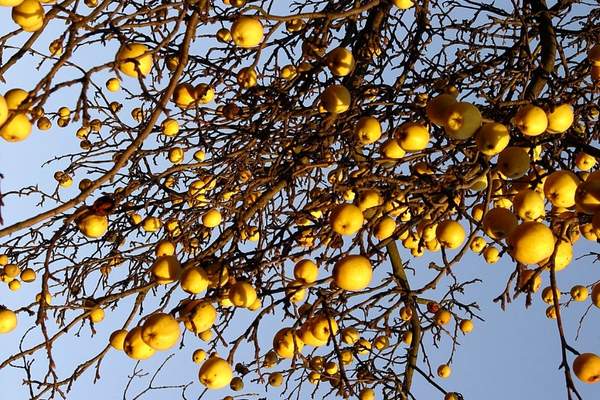
Scientific name: Cyodonia oblonga
This relative of the apple is a less popular fruit because it is sour when raw. Instead of a dessert fruit, it’s used more for jams, jellies, and sauces. It’s easier to grow quince trees than apple trees in zone 7 because their chill requirement is just 300 hours.
They require full sun, come in dwarf, semi-dwarf, and full-size varieties, and are self-pollinating. Varieties good for zone 7 include Rich’s Dwarf Quince, Smyrna, and Pineapple.
